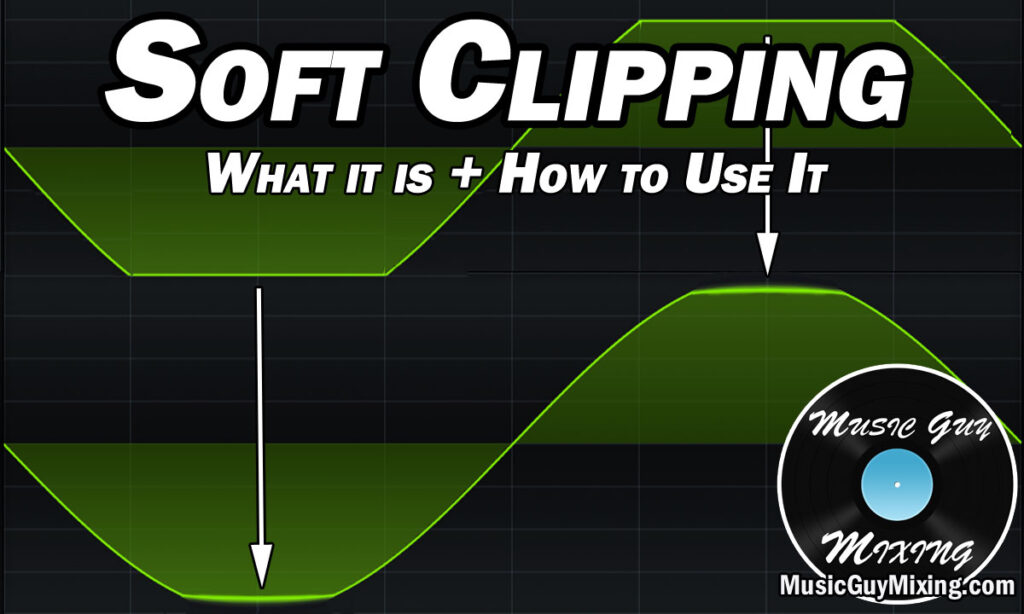A soft clipper is a feature on most limiters and is commonly used in the mastering stage to get some more volume out of a mix. Let’s talk how to use a soft clipper to get more volume out of a track.
What is a Soft Clipper
Unlike a hard clipper which can be used to chop down peaks, a soft clipper is the ultimate bend but don’t break form of clipping.
I’ve talked about what is clipping in the past, but it’s essentially when the amplitude of a sound hits that digital ceiling of 0dB.
With that ceiling in place, the tops of an otherwise smooth waveform are smashed or effectively shaved off, resulting in a sharper, harsher tone.
A good example is likening it to a nice round and smooth sounding sine wave becoming a flat square wave. As I covered in my overview of oscillators, square waves have an inherently much harsher tone.
In the context of a sound which is too loud and hitting that ceiling, this harsh tone is what we think of when we think of clipping distortion.
A soft clipper anticipates the sound hitting that ceiling and instead of flattening the peaks, its corners get slightly rounded.

It’s clipping without the extreme bright and unwanted distortion that we think of with clipping. This makes it an effective way to get more volume from your mix without the harshness to alienate the listener.
How to Use a Soft Clipper
First, make sure you’re using a plugin with an option for soft clipping.
Note that not all limiters or maximizers have a soft clipper as a stock option.
Izotope’s Ozone Maximizer uses soft clipping alongside limiting to apply saturation proactively below the threshold. This allows you to round off the peaks before they reach the point of clipping.

The “soft clip” setting here has L (low), M (medium), and H (high) to add saturation at a respective 3, 9, and 30dB below the threshold.
The more aggressive you use this, the more those peaks will be saturated and rounded off. This soft clipping allows you to achieve an extra amount of overall volume without the artifacts of hard clipping.
If you drive it too hard, you’ll begin to hear more noticeable distortion in the finished product.
As such it’s a balancing act of eeking out a bit more volume from your mix and staying in that saturation realm without going too far and getting that harsh clipping sound.
If you don’t know what you’re doing, leave it in the hands of a professional mastering engineer to get your finished mix sounding as good as it can in the mastering stage.
